It's summer ! We live on aperitifs in the sun, afternoons at the beach or bike rides. In short, we're enjoying the sun... except that: we should be a little more wary of it. Because the sun can be a real danger for our skin, especially if we have not taken care to avoid photosensitizing products .
Whether you're the type to pull out the SPF 50 cream in March or are more of a fan of sunbathing without protection, it's a safe bet that you've already heard of photosensitization, without really knowing what it is.
Believe us, it's worth spending three minutes on it before going out into the sun - just to avoid inconveniences such as spots on the skin, which can sometimes be stubborn... We take stock with Dr. Plasqui, dermatologist and specialist in aesthetic medicine, who advises us on the right actions for summer.
Risks to understand
Basically, photosensitization is a hyper-reactivity of the skin that is triggered when exposed to the sun. As Dr. Plasqui explains:
"Our skin becomes more sensitive , tends to blush easily and above all, melanocytes (the short name for the cells which are responsible for our tan) are likely to produce more melanin, which can unfortunately cause brown spots to appear on the skin. " .
There are two types of photosensitization : phototoxicity and photoallergy, the causes of which are different. Follow the leader.
Phototoxicity
 Phototoxicity is a skin reaction caused by the interaction of a chemical substance on your skin (for example, an ingredient in your moisturizer) with light. In fact, light activates a chemical reaction that makes this ingredient toxic to the skin . Result: irritations, erythematous plaques (we'll let you Google it to get an idea of the result) and sometimes even more or less superficial burns. In short, not really what you had on the menu for your vacation in Corsica.
Phototoxicity is a skin reaction caused by the interaction of a chemical substance on your skin (for example, an ingredient in your moisturizer) with light. In fact, light activates a chemical reaction that makes this ingredient toxic to the skin . Result: irritations, erythematous plaques (we'll let you Google it to get an idea of the result) and sometimes even more or less superficial burns. In short, not really what you had on the menu for your vacation in Corsica.Photoallergy
Photoallergy, on the other hand, is a true allergy of your skin to sunlight and does not require any chemical substances to be triggered. The results on the epidermal barrier are irritations, small pimples, hives... Again, not the best for going flirting at the beach bar.
How to protect your skin from these dangers?
We apologize in advance: you will have to sort your toiletry bag for the holidays. Ban all cosmetic active ingredients that are likely to become toxic to your skin in the light , such as:
- fruit acids (the most classic is called AHA, they are found in many creams and serums)
- retinol aka vitamin A, the star of anti-aging creams
- triclosan , often present in deodorants and also an endocrine disruptor, so we hope it has already been banned from your bathroom. If this is not the case, go ahead and read our article on endocrine disruptors : in 5 minutes, you will have understood how to avoid them in your everyday products!
- other ingredients known for their photoallergenic nature such as oxybenzone, benzophenone, para-aminobenzoic acid (PABA)... Fun fact: some can be found in our sun creams . Yes yes, you read correctly!
Finally, to protect your skin, Dr. Plasqui has one last piece of advice: " Avoid scrubs just before exposure to the sun: they destroy the dead cells in your skin which form a natural barrier to protect it from light rays."
And what about perfume in all this?
We arrive at the long-awaited subject of essential oils , and therefore perfumes since they are very often composed of them . A good number of plants are photosensitizing because of a particular type of molecules they contain: furocoumarins (also called psoralens) . Whether in plant form or already transformed into essential oils, these molecules can cause reactions on your skin.
This is the case of delicious bergamot (star of our Pleine Lune perfume), lemon and fig but also celery, fennel, carrot , coriander, parsnip, dill, parsley. , anise and angelica! Florists and market gardeners know that you have to wash your hands thoroughly after handling them...
As a general rule, essential oils and sunshine do not go well together . Does this mean that we should completely ban perfume in summer? Don't worry, it's not necessary. Of course, to be safe, we advise you to avoid exposing yourself to the sun immediately after putting on perfume , unless you cover your skin afterwards (you can also test the perfume under your t-shirt: this is very effective). However, as an alternative, you can simply perfume your clothes : this will give you complete peace of mind.
Hydroalcoholic gel, friend or foe?
Your handbag's best friend since 2020, the basic hydroalcoholic gel containing alcohol and glycerin does not contain photosensitizing ingredients. On the other hand, it is very aggressive for the skin and, combined with the sun, the skin will be even more attacked. Be careful not to overdo it on the beach! In any case, its effectiveness is impaired the moment your hands are wet - so when you are at the beach, choose a good solid soap: then we are sure that it works.
The problem of photosensitization of a hydroalcoholic gel can arise when it contains perfumes and/or essential oils. Once again, precautionary principle: avoid exposing yourself to the sun after using it .
Medicines and the sun: what are the risks?

We don't always think about it, but many medications are photosensitizing, whether applied topically or taken orally (for example, be careful with anti-inflammatories, whether in the form of creams or tablets!). Your doctor or pharmacist will warn you in advance, but remember to re-read the instructions before swallowing your medicine and heading off to sunbathe .
How to prepare your skin for the sun?
To properly prepare your skin for the sun, you must rebalance it from the inside and the outside. Dr. Plasqui advises us:
"Inside, bet on anti-oxidants which help limit the harmful effects of the sun. They are found in colorful fruits and vegetables (peppers, grapes, etc.). Also remember to take a little turmeric : it helps to limit the appearance of spots on the skin! Outside: we rely on good hydration at the end of the day to soothe our skin, and to ensure an even tan that lasts we exfoliate our skin 15 days before expose yourself to the sun, as much as possible."
And There you go ! You have everything you need to take care of your skin this summer . We let you sort your toiletry bag and look at the ingredients of your cosmetic products. It takes a little time but your skin will thank you! - And we have also put together a small green selection for you to enjoy the season in complete peace of mind.
And if you want to better understand the labels of your products and become knowledgeable on this subject, we have written an article with some simple and effective tips, right here :
-------------
Sources: INRS website andDr. Plasqui
Photos: unknown and Jules Theret








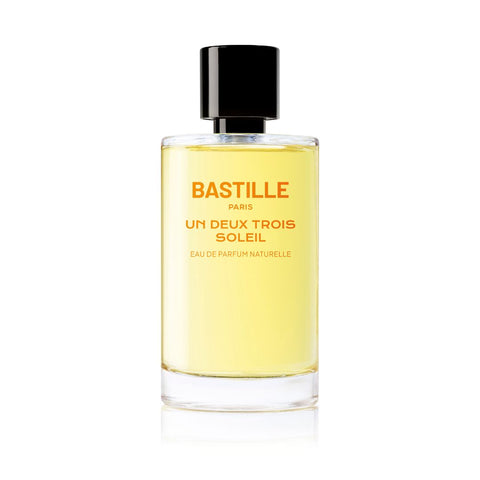
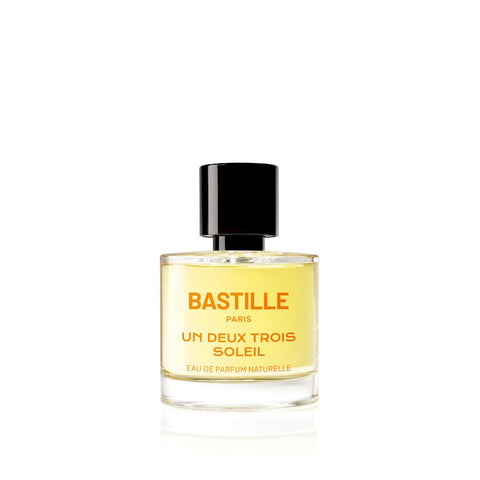

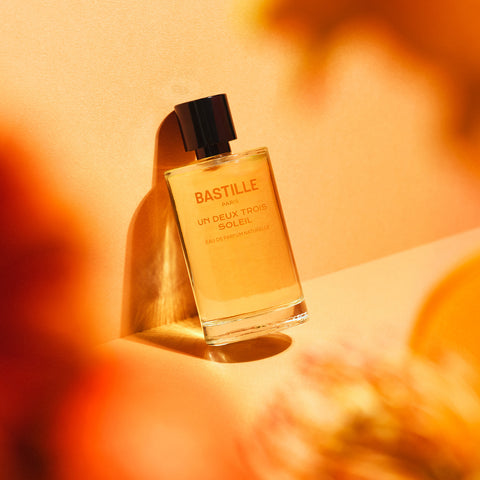
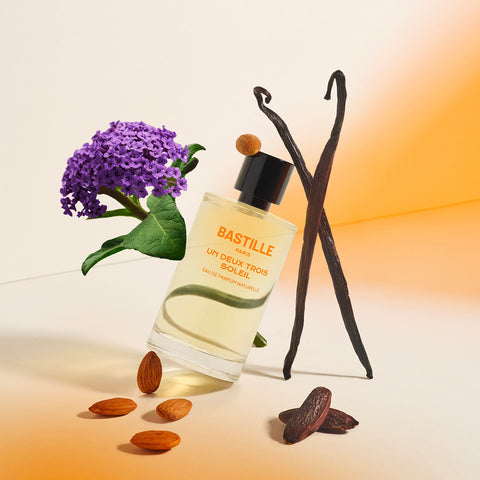
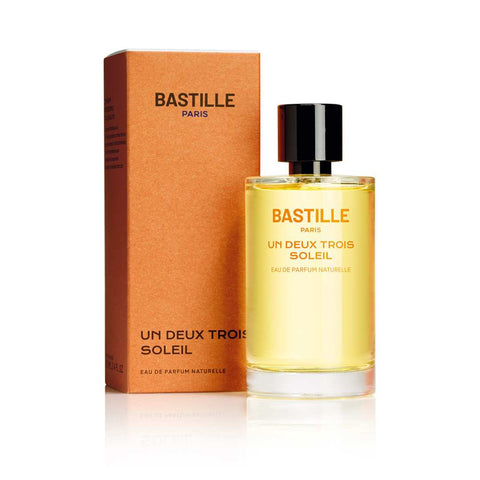
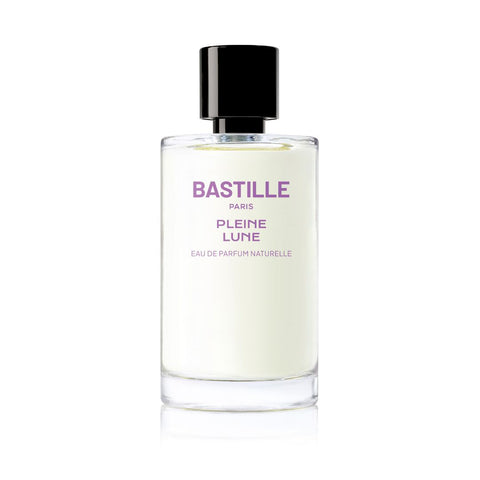
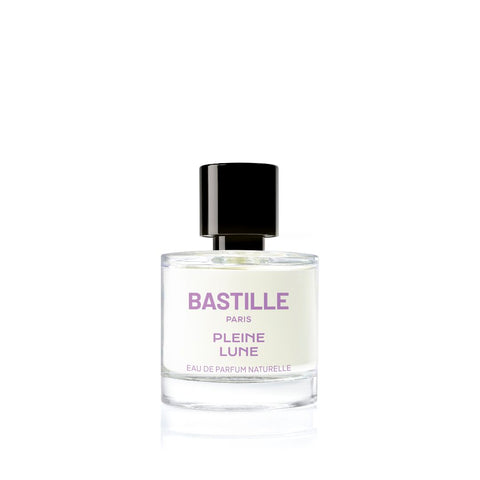
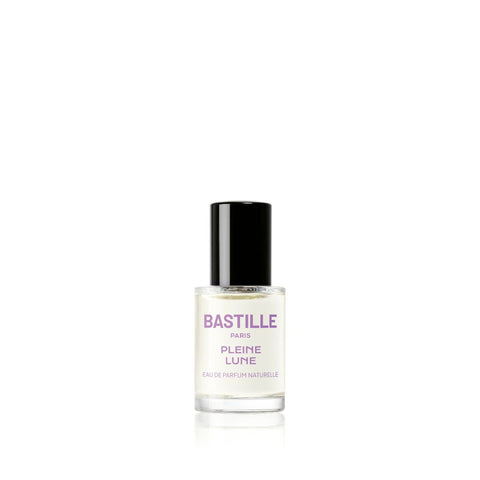
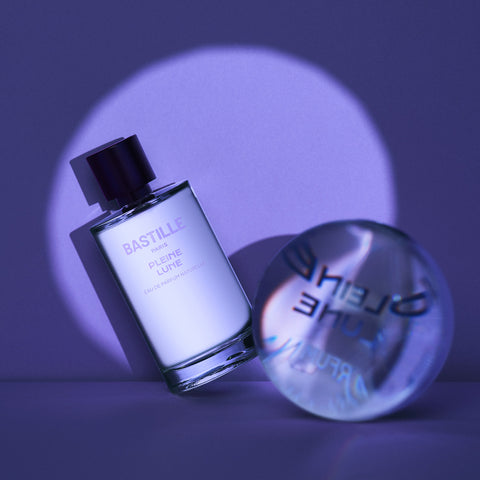
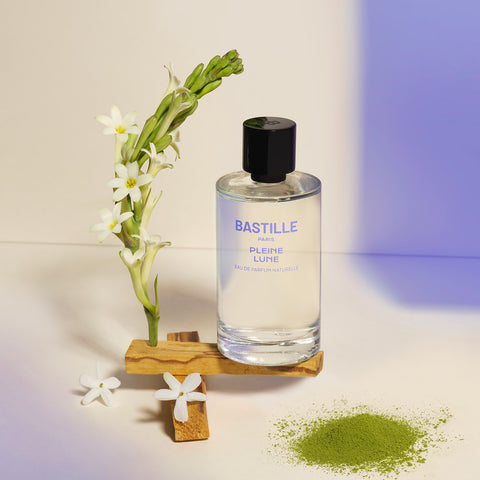
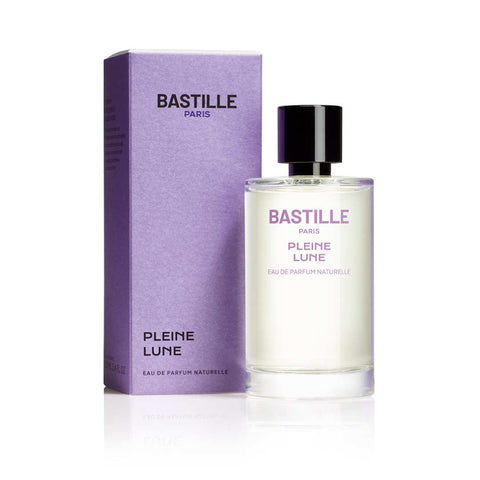
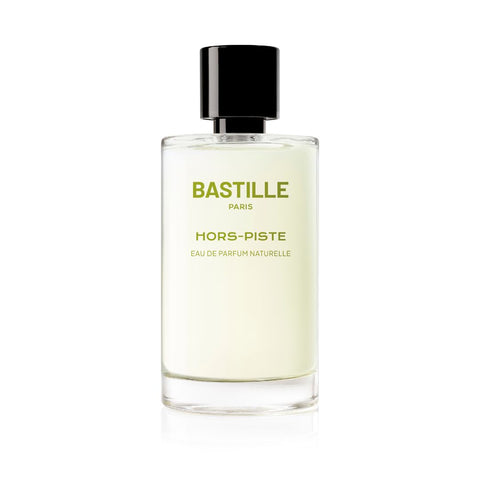
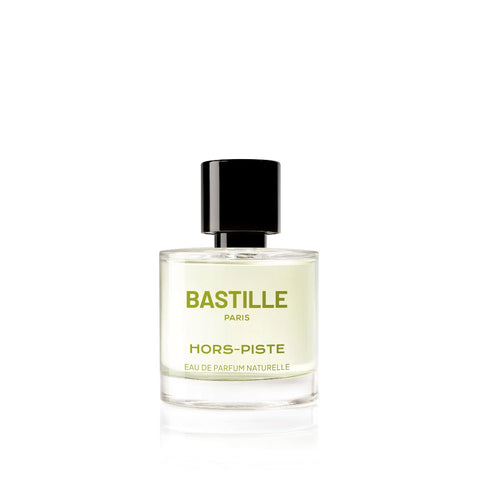

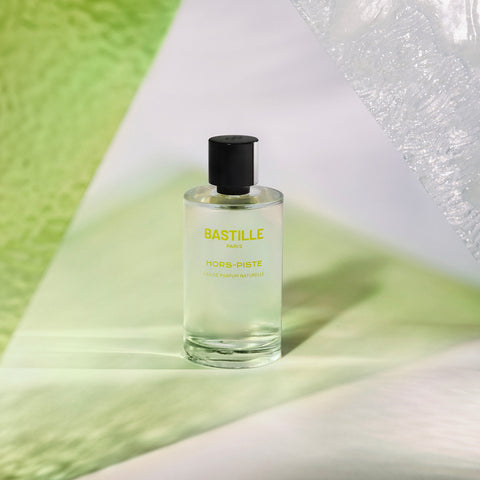

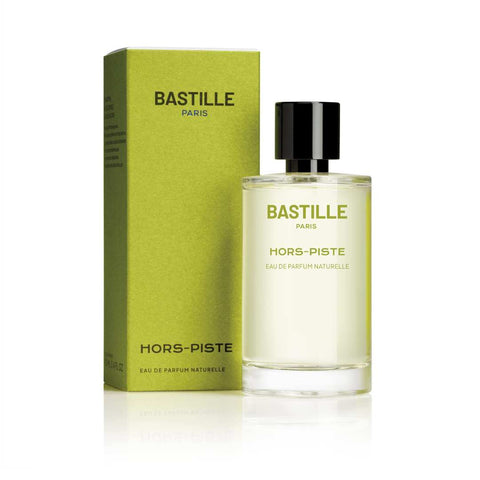

Comments (0)
There are no comments for this article. Be the first one to leave a message!